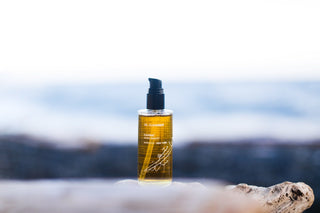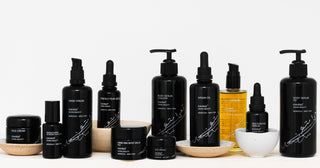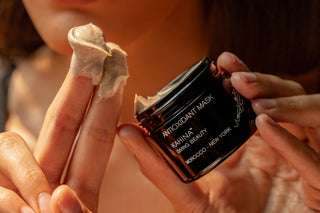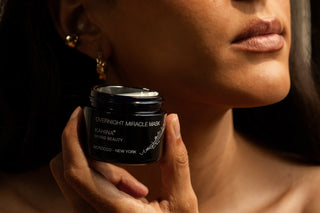Crushed leaves of the henna plant have been used as a dye since antiquity and it is thought to protect against evil and bring about health and blessings (baraka). Before her wedding, my Moroccan language partner had her hands and feet adorned with henna in elaborate and intricate designs during a henna ceremony held at her home, while older women shared marriage secrets with her. Some women have the groom's name hidden within the designs. Female guests also had henna painted on their hands, though some painted just a dot in the center of the palm, or used the henna to color their nails. Henna paste is often applied with a syringe to produce the most delicate designs and glitter may be added as the paste dries on the skin. The longer henna remains on the skin, the darker it will stain, so the night before the wedding, we put socks over our hands before going to sleep, and washed the henna off in the morning. Women also dye their hair with henna, and some believe that a dot of henna placed on their stomachs before feasting during the celebration of Eid al-Adha protects against indigestion.
Visit us on the Beauty Level of Bergdorf Goodman tomorrow (July 14, 12pm-5pm) and Thursday (July 15, 1pm-7pm) to try out this Moroccan beauty ritual and also receive a complimentary beauty consultation!
Kate Seifert





